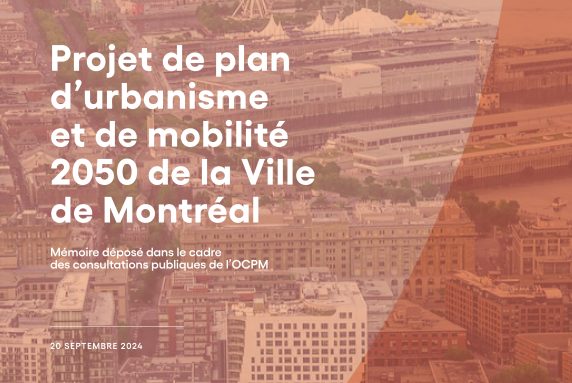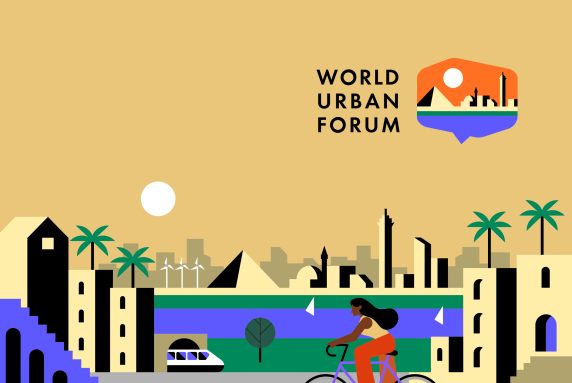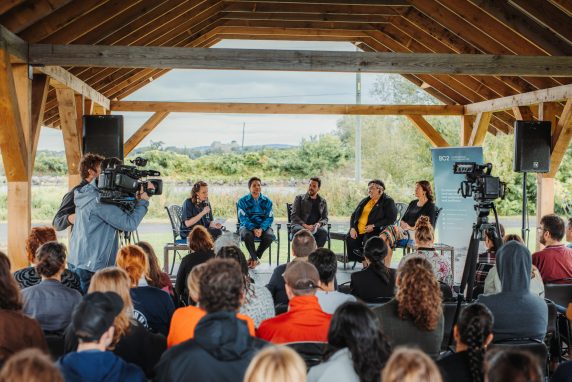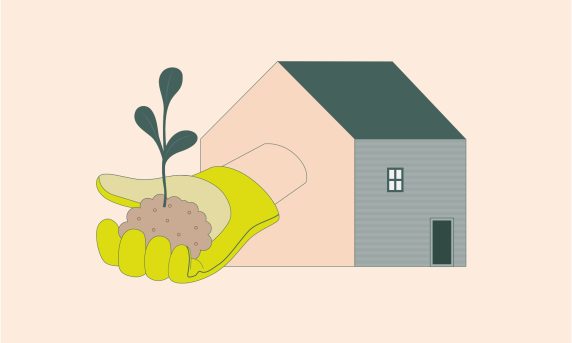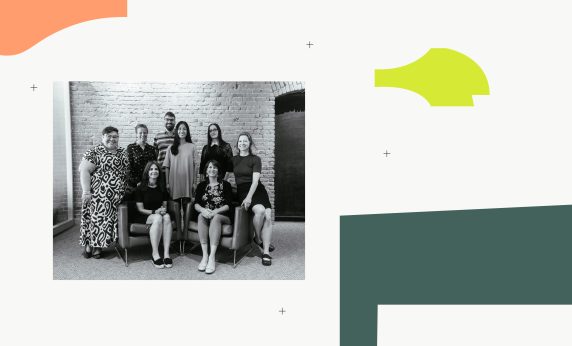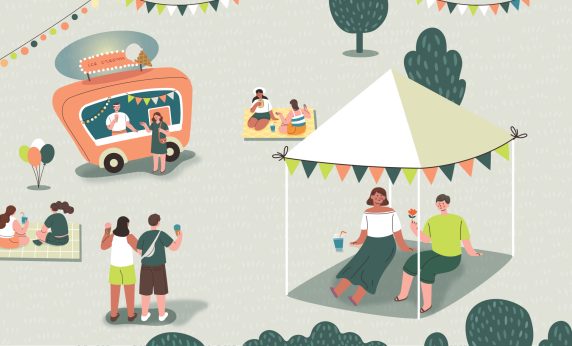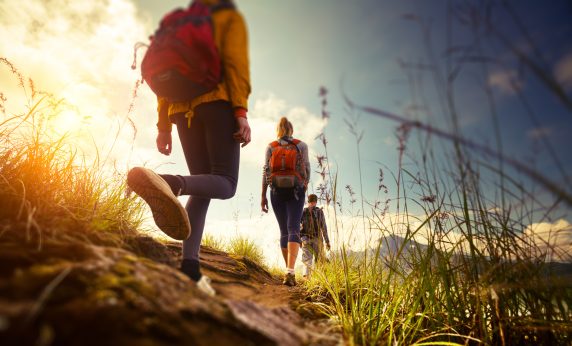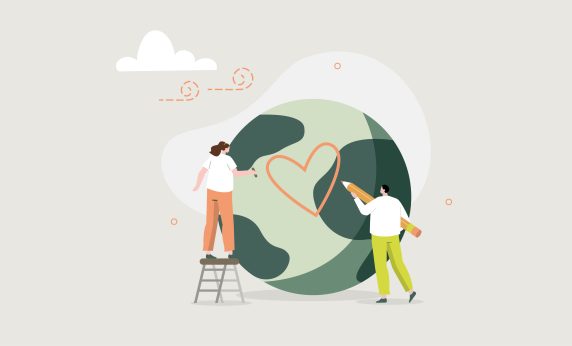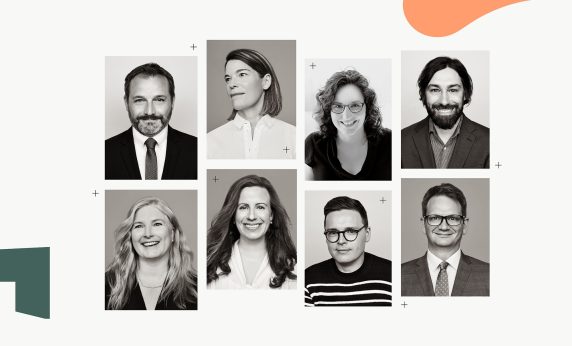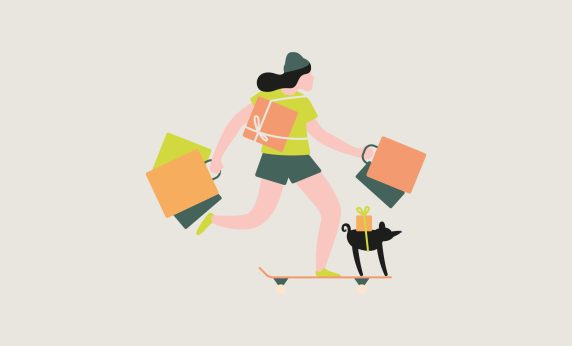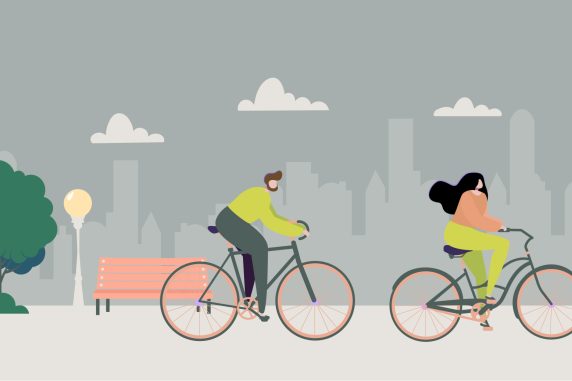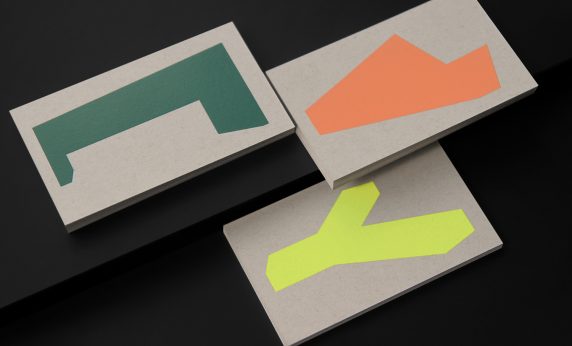Land use planning is transforming our living environments. Our experts dissect the issues raised by current events and share the news and ideas that make us progress together.
Réflexions BC2
What if health depended on the built environment?
Chapters
With more than a billion people in lockdown during the pandemic, the impacts of our environments on our physical and mental health have never been as prominent. What is the source of these impacts, what is the role of urban planning and architecture in well-being and how can we limit the impacts of confinement? Overview and best practices.
Health and planning: history and trends
From the reorganization of cities to host sewage systems and combat epidemics to the proliferation of parks and bike lanes, health has shaped space and is a pillar of urban planning history.
Since the 2000s, the quest to create a more sustainable environment has become a key focus in the practice, driven by a global craze for environmental certifications. LEED®, BREEAM®, HQE™ and many other acronyms have invaded architectural and urban planning projects and professional signatures.
These systems rely on frequent updating of standards, pushing practices further and further towards minimizing their environmental impact.Today, the primary goal has been achieved and certifications are evolving towards buildings and neighbourhoods that not only minimize their negative effects, but also create a positive impact of the broader community.
In this context, the health and well-being of occupants and users is becoming increasingly important. As a testament to this new era, the WELL™ system was born in 2014. Based on years of scientific research, WELL™ has highlighted the magnitude of the built environment’s impact on health and paved the way for new certifications. Among them is Fitwel® Community, of which the redesign of the CBC headquarters in Montreal (Quartier des lumières), in which BC2 is involved, is a pilot project.
Built environment may harm your health
Some of the major health impacts of buildings now recognized include the following:
- Indoor air quality is significantly worse than outdoor air quality, particularly because of the chemical compounds (VOCs) released by furniture and building materials. Let’s mention that an improvement in air quality results in an 8 to 11 % improvement in productivity;
- Light affects our internal clock (called circadian rhythm), productivity, fatigue and morale;
- Noise pollution also affects the ability to concentrate and the productivity. Exposure to noise distractions may result in a decrease in productivity of up to 66 %;
- Building may contribute to a sedentary lifestyle by encouraging the use of elevators or cars. Conversely, they may also promote active mobility. In the United States, an employee who regularly takes their bicycle to go to work takes an average of one less sick day than others;
- The access or not to a healthy diet and to opportunities of physical activity conditions the health of the occupants. Poor eating habits are the number one factor influencing serious illness and death in the United States, and in particular, insufficient fruit consumption;
- Closed environments deny access to nature, which has positive effects on stress, depression, obesity (through physical activity) and the immune system.
From then on, many interventions are possible to make the built environment have a positive impact on health. WELL™ will, for example, offers the following:
- Create opportunities for physical activity, by making stairs more visible than elevators, by facilitating the use of bicycles (lockers, showers, dressing rooms, etc.) or by providing sports equipment;
- Ban trans fats and sugar in food and beverages in canteens and vending machines, restrict portion sizes, and enhance the appeal of fruits and vegetables (increasing users’ daily consumption by 18-25 %);
- Regulate the internal clock (circadian rhythm) of the inhabitants by modulating the intensity and colour of artificial light in the building throughout the day: periods of activity will be marked by an intense white light whose spectrum will tend towards blue, whereas the end of the day will be marked by a decrease in luminosity and a yellower spectrum;
- Multiply access points to good quality drinking water and plant presence (biophilic design);
- Use of VOC-free materials.
A few steps to survive working from home
While a full renovation of our apartments is not in the cards, this knowledge can easily be used to implement a few beneficial actions.
Besides thinking about the ergonomic aspects of your desk, putting a plant on it, unhooking your computer screen before sunset, prohibiting the blue light of your phone from your room, opening the windows, taking your bike or your running shoes, going for a walk in a natural environment and paying attention to your diet are some of the gestures to be adopted in order to minimize the impacts of the built environment on your health.
It is our responsibility to redefine the relationship of the built environment to our long-term health.
For more details
The data cited in this article is taken from training provided by the U.S. Green Building Council (USGBC) and the Green Building Research Institute (GBRI)
The podcast series « Built for health » from the U.S. Green Building Council : https://www.usgbc.org/education/sessions/built-health-season-one-11766773 et https://www.usgbc.org/education/sessions/built-health-season-two-12608600
The training courses from Green Building Research Institute :
https://www.usgbc.org/organizations/green-building-research-institute-gbri?view=courses
The data cited in this article is taken from training provided by the U.S. Green Building Council (USGBC) and the Green Building Research Institute (GBRI)
The podcast series « Built for health » from the U.S. Green Building Council : https://www.usgbc.org/education/sessions/built-health-season-one-11766773 et https://www.usgbc.org/education/sessions/built-health-season-two-12608600
The training courses from Green Building Research Institute :
https://www.usgbc.org/organizations/green-building-research-institute-gbri?view=courses


